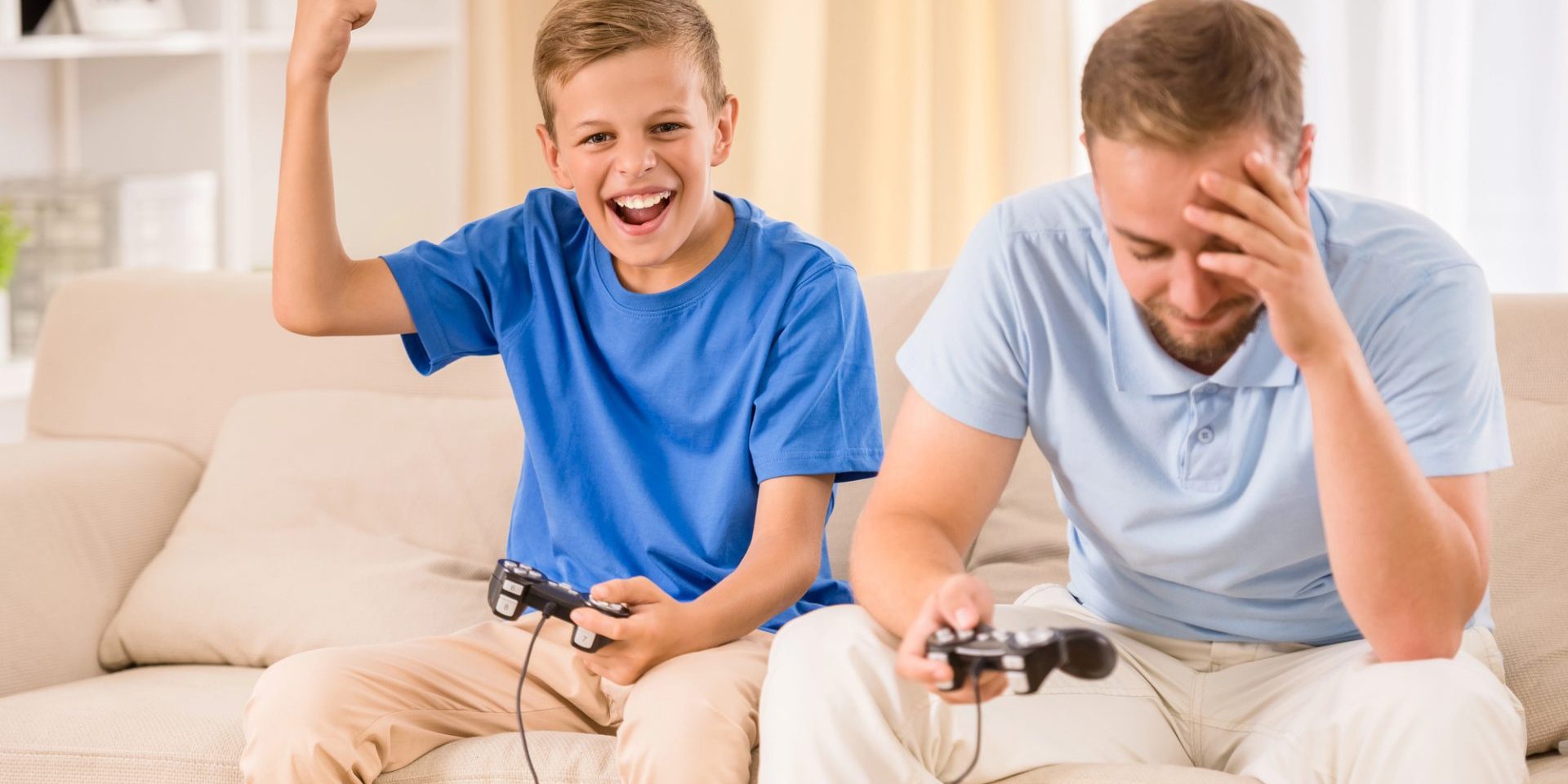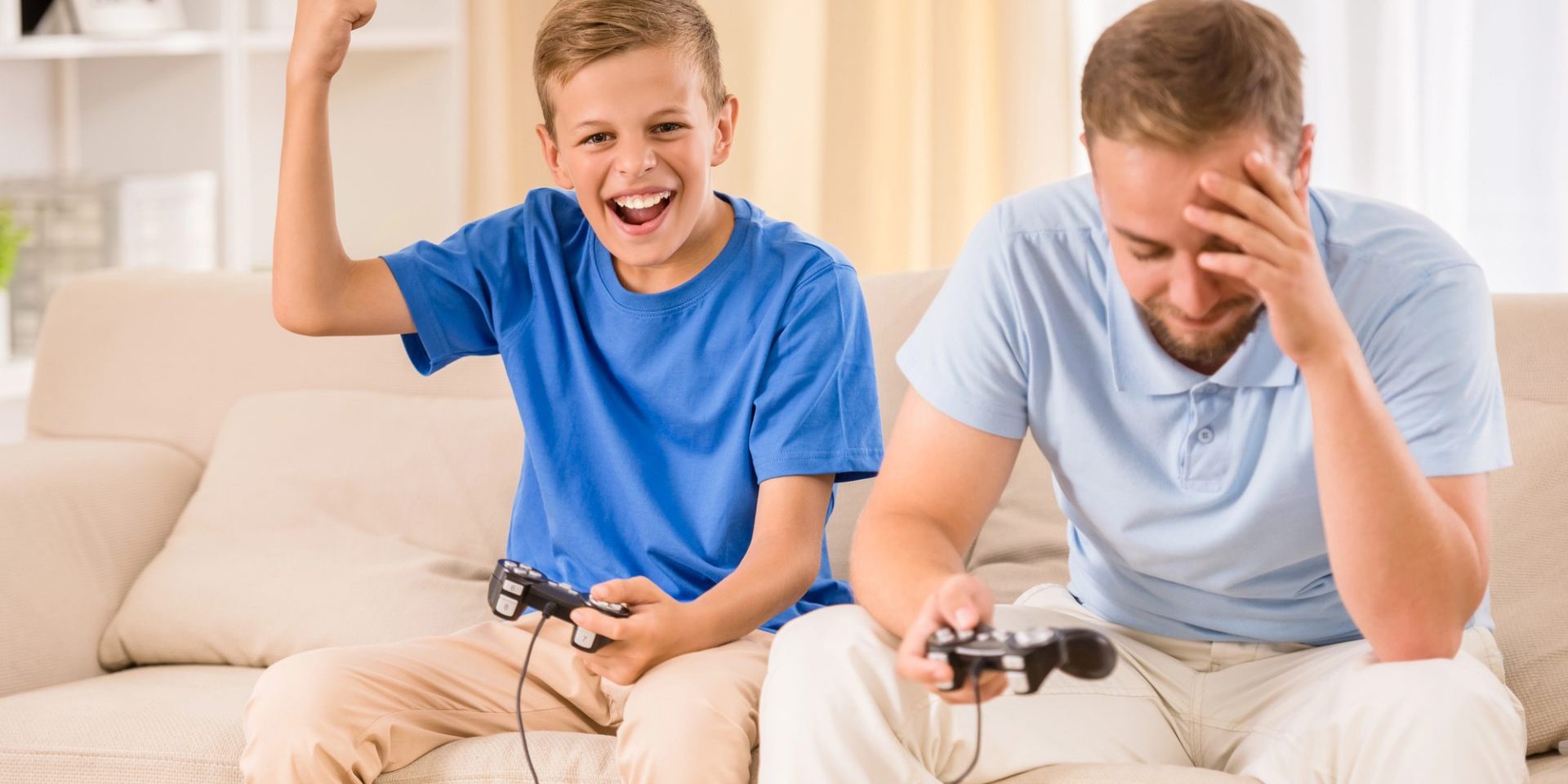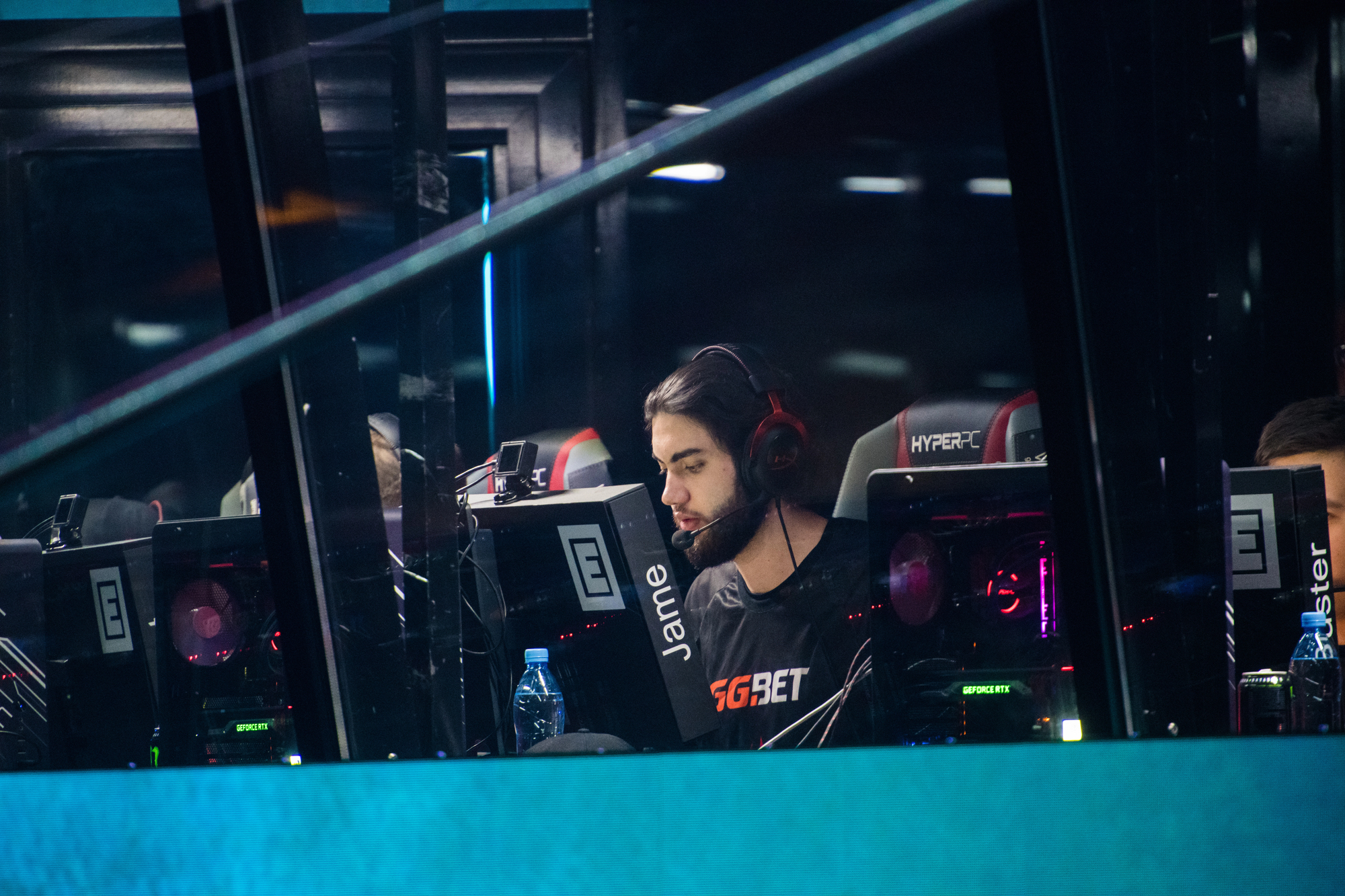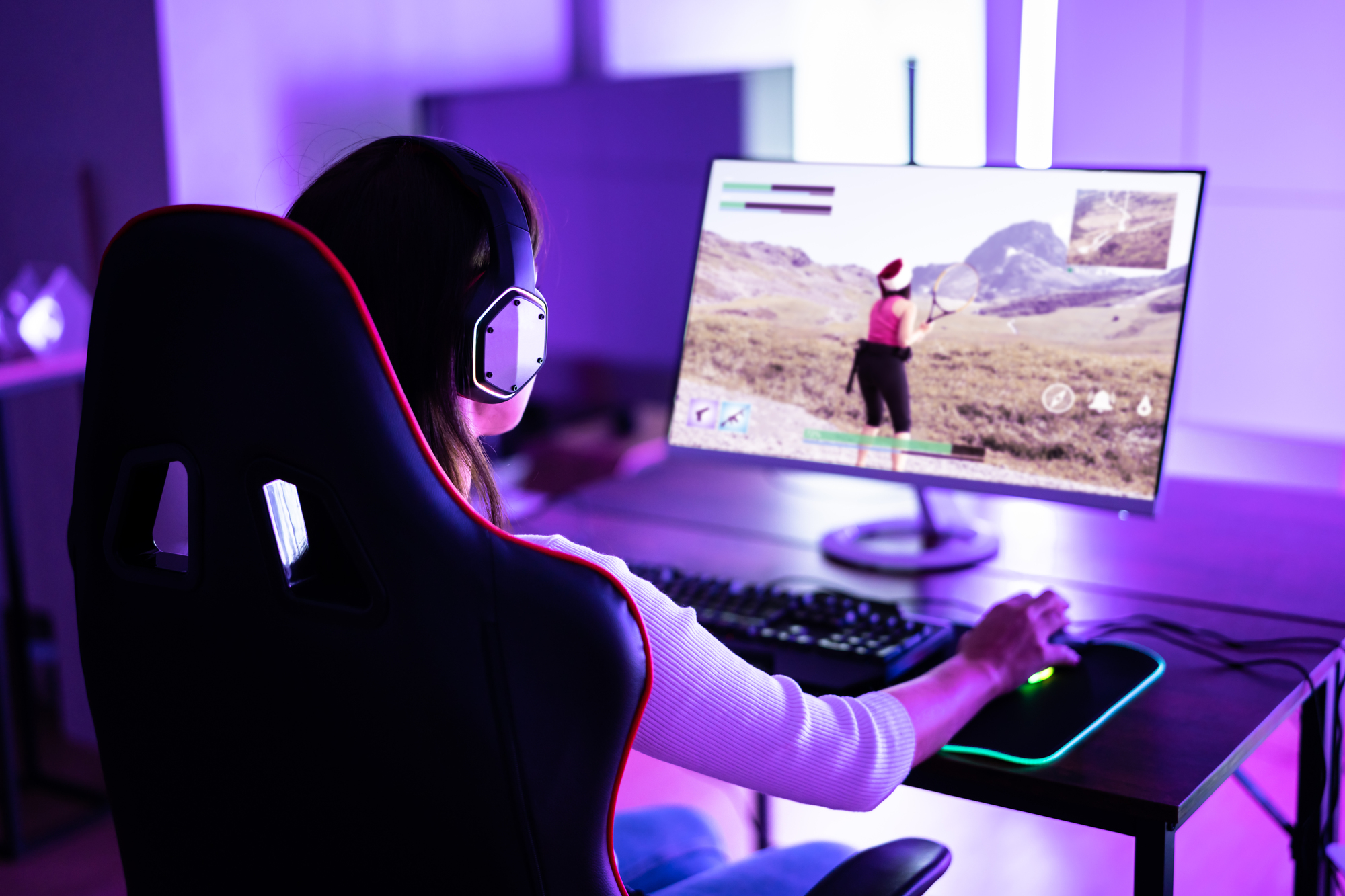Video games have become an integral part of many children’s lives, sparking interest in their effects on brain development. Recent research suggests that gaming may influence cognitive skills and neural processes in young players. Studies have found that strategy video games can improve cognitive development, enhancing contrast sensitivity, eye-hand coordination, and memory in children and adolescents.
Brain imaging research conducted over 23 years has revealed measurable long-term effects of screen time on children’s brain function. This includes both television viewing and computer game play. The impact appears to be complex, with potential benefits and drawbacks depending on factors like game content, duration of play, and individual differences among players.
Some evidence indicates that well-designed games can foster learning, skill building, and healthy development in young children. However, concerns remain about violent content in certain video games and its possible effects on behavior. More research is needed to fully understand the relationships between gaming, brain development, and cognitive performance in youth.
Influence of Video Gaming on Cognitive Development
Video gaming has significant effects on cognitive development in young players. Research reveals both positive and negative impacts on various aspects of brain function and structure.
Cognitive Skills and Brain Function
Video games engage multiple cognitive processes simultaneously. Players must constantly analyze complex visual information, make quick decisions, and adapt to changing scenarios. This mental workout stimulates brain regions involved in attention, memory, and executive functions.
Studies show that regular gaming can enhance cognitive flexibility and information processing speed. Gamers often outperform non-gamers on tasks requiring rapid decision-making and multitasking abilities.
Brain imaging research has found increased activity in areas associated with spatial reasoning and problem-solving in frequent gamers. These changes suggest that video games may promote neural plasticity and strengthen specific cognitive pathways.
Impact on Attention and Working Memory
Gaming appears to influence attention and working memory capabilities. Action game players demonstrate improved selective attention, allowing them to focus on relevant information while ignoring distractions.
Research indicates that video games can boost working memory capacity. Gamers show enhanced ability to hold and manipulate information in short-term memory, a skill crucial for complex problem-solving and learning.
Some studies suggest that excessive gaming may lead to attention problems in certain individuals. However, moderate gameplay seems to have largely positive effects on attentional control and cognitive performance.
Video Games and Visuo-Spatial Cognition
Video games have a strong impact on visuo-spatial skills. Regular players often excel at tasks involving mental rotation, spatial visualization, and pattern recognition.
3D adventure and first-person shooter games are particularly effective at enhancing spatial cognition. These genres require players to navigate complex virtual environments and track multiple moving objects simultaneously.
Research has also shown that gaming can improve hand-eye coordination and fine motor skills. These improvements may transfer to real-world tasks requiring precise movements and spatial awareness.
Long-Term Cognitive Changes
Longitudinal studies suggest that the cognitive benefits of gaming can persist over time. Regular players maintain advantages in attention, processing speed, and spatial cognition even when not actively gaming.
Brain imaging research has revealed structural changes in gamers’ brains, including increased gray matter volume in areas related to spatial navigation and strategic planning. These alterations indicate that gaming may have lasting effects on brain development.
While more research is needed, current evidence suggests that moderate video game play can contribute to long-term cognitive enhancements. However, excessive gaming may have diminishing returns or potential negative impacts on other aspects of development.
Neuroimaging Insights into the Gaming Brain
Brain imaging studies have revealed significant neural changes associated with video gaming. These findings shed light on how gaming impacts brain structure and function, particularly in young players.
Unveiling Brain Activity Through Imaging
Functional magnetic resonance imaging (fMRI) has become a key tool for studying brain activity during gaming. This technique measures blood flow changes in the brain, indicating which areas are active while players engage with video games. Studies using fMRI have shown increased activation in regions linked to attention, visual processing, and motor control.
Research has also employed structural MRI to examine long-term changes in brain anatomy related to gaming. Some studies suggest that frequent gamers may have increased gray matter volume in certain brain areas.
Understanding Brain Regions Affected by Gaming
Video gaming appears to impact multiple brain regions. The prefrontal cortex, involved in decision-making and impulse control, often shows heightened activity in gamers. The parietal lobe, which processes spatial information, also demonstrates increased activation.
Studies have noted changes in the temporal lobe, associated with memory formation and visual perception. The occipital lobe, responsible for visual processing, typically shows enhanced activity during gameplay.
These findings indicate that gaming may influence various cognitive processes, from attention and spatial reasoning to memory and visual skills.
Frontal and Parietal Lobe Functioning in Gamers
The frontal and parietal lobes play crucial roles in the cognitive effects of gaming. The frontal lobe, particularly the prefrontal cortex, is central to executive functions like planning and decision-making. Research suggests that gaming may enhance these abilities.
The parietal lobe, important for spatial awareness and attention, often shows increased activation in gamers. This might explain why some studies find improved visuospatial skills in frequent players.
However, it’s important to note that while these changes can be beneficial, excessive gaming may also have negative impacts. Balanced gaming habits are key to harnessing potential cognitive benefits while avoiding potential drawbacks.
Psychosocial and Behavioral Effects of Gaming
Video games impact young players’ social and emotional development in complex ways. Research has identified both positive and negative outcomes associated with gaming habits.
Gaming’s Role in Behavioral and Emotional Development
Video games can shape children’s behavior and emotions. Some games foster problem-solving skills and creativity. Others may lead to increased frustration or aggression. A study of 7-11 year olds found that gaming frequency correlated with psychosocial health outcomes reported by parents.
Cooperative gameplay seems to boost prosocial behaviors like helping and sharing. Competitive gaming can improve teamwork abilities but may also increase aggressive tendencies in some children. The specific effects depend on game content, play duration, and individual factors.
Moderate gaming appears to have some social benefits. It can provide shared experiences for peer bonding. Online multiplayer games allow kids to practice communication and collaboration skills.
Influence on Aggression and Prosocial Behavior
Violent video game content raises concerns about increased aggression. Some studies link violent games to short-term spikes in aggressive thoughts and behaviors. However, long-term effects remain debated.
Prosocial games featuring positive interactions and helping behaviors show promise for encouraging kindness. Children who play games with prosocial themes display more empathy and willingness to assist others in real-world situations.
The relationship between gaming and aggression is complex. Factors like parental involvement, total screen time, and a child’s temperament all play a role. Balanced and supervised gaming within recommended time limits minimizes risks.
Addiction Risks and Mental Health Concerns
Excessive gaming can lead to addiction-like symptoms in some children. Gaming disorder is now recognized as a behavioral addiction by the World Health Organization. Warning signs include loss of control over gaming habits and neglect of other activities.
Internet gaming disorder may affect 1-10% of gamers, though prevalence estimates vary. Those with preexisting mental health issues face higher risk. Depression, anxiety, and ADHD sometimes co-occur with problematic gaming.
Moderate, controlled gaming does not inherently harm mental health. For some kids, games provide stress relief and mood benefits. The key is maintaining balance with offline activities and relationships.
Parents should monitor gaming habits and set appropriate limits. Open communication about game content and time spent playing helps kids develop healthy gaming practices.
Guidelines and Recommendations for Healthy Gaming
Healthy gaming practices are crucial for young players’ well-being. These guidelines address screen time, physical activity, and parental involvement to promote balanced gaming habits.
Screen Time and Age-Appropriate Content
The American Academy of Pediatrics recommends specific screen time limits for children. Children under 18 months should avoid screen time, except for video chatting. For ages 18-24 months, parents should choose high-quality content and watch with their children. Ages 2-5 years should have no more than 1 hour per day of high-quality programs. For children 6 and older, parents should set consistent limits on screen time.
Age ratings on games help parents select appropriate content. The Entertainment Software Rating Board (ESRB) provides ratings and content descriptors for video games. Parents should review these ratings and play games with their children to assess suitability.
Balancing Gaming with Physical Activity
The U.S. Department of Health and Human Services advises that children and adolescents aged 6-17 years should engage in 60 minutes or more of moderate-to-vigorous physical activity daily. To balance gaming with physical activity, parents can:
- Set designated times for gaming and outdoor play
- Encourage active video games that involve movement
- Use gaming as a reward after completing physical activities
- Plan family activities that don’t involve screens
Regular physical activity is essential for children’s health and development. It improves cardiovascular fitness, builds strong bones and muscles, and reduces the risk of obesity.
Parental Guidance and Support
Parents play a key role in shaping healthy gaming habits. They can:
- Create a family media plan that outlines screen time limits
- Place gaming devices in common areas to monitor usage
- Discuss online safety and appropriate behavior in gaming communities
- Model healthy tech habits themselves
Open communication about gaming experiences is important. Parents should talk with their children about the games they play, showing interest and discussing any concerns. This approach helps children develop critical thinking skills about media consumption.
Parents can also use parental controls on gaming devices to manage playtime and content access. Regular family discussions about balancing gaming with other activities promote a healthy relationship with technology.










